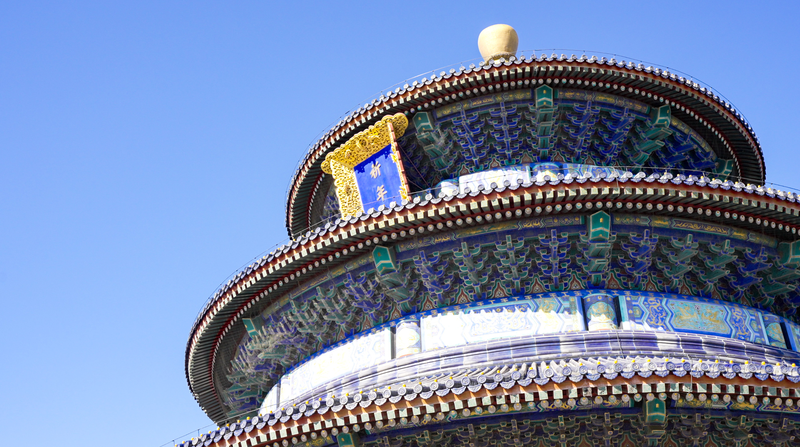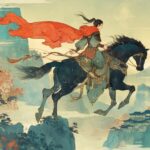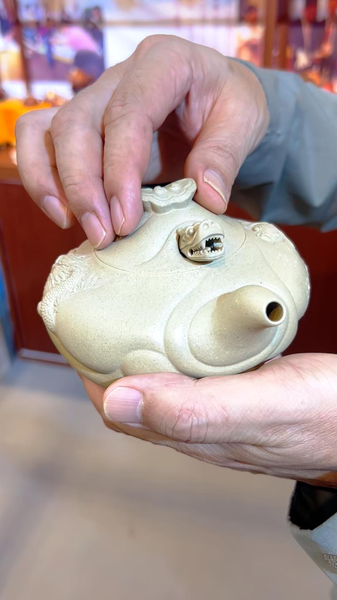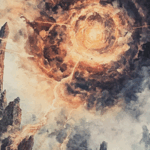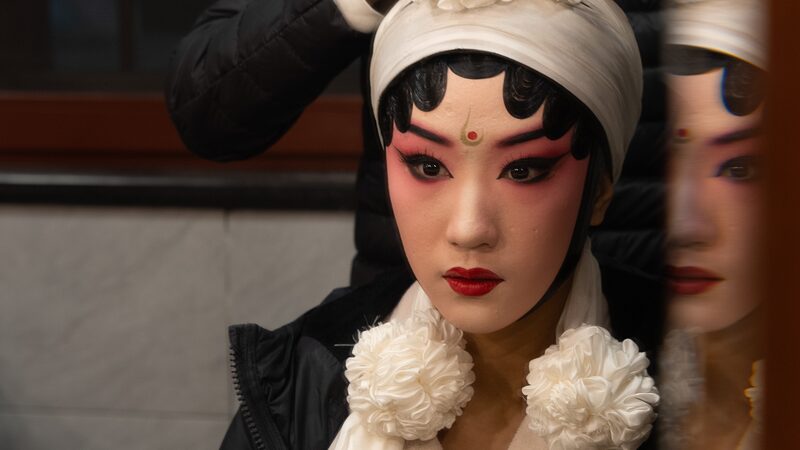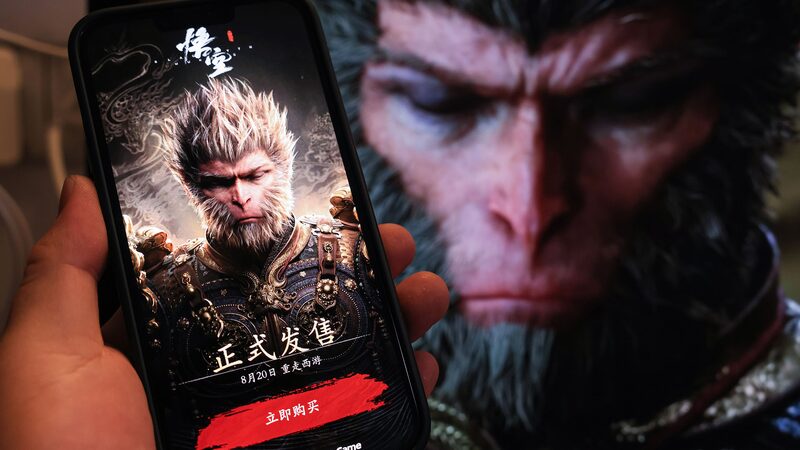In the timeless expanse of Chinese mythology, the tale of Pangu stands as humanity’s first act of cosmic creation. Emerging from primordial darkness, the giant is said to have wielded a divine axe to cleave the void—light elements rising as the sky, heavy masses settling as land—an origin story steeped in transformation and sacrifice.
For millennia, Pangu’s legend has symbolized balance: the giant endured colossal strain to maintain the separation of heaven and earth until his final breath. Upon completing his task, his body dissolved into the world’s fabric—hair becoming forests, veins forming rivers, and eyes transforming into the celestial sun and moon.
Scholars note how this myth reflects ancient China’s worldview. ‘It encapsulates beliefs in interconnectedness,’ remarks cultural historian Dr. Lin Wei. ‘Nature isn’t separate from life but born from it—a philosophy resonating even in modern environmental thought.’
For diaspora communities, the story remains a cultural touchstone, often retold during festivals. Meanwhile, travelers to sites like Mount Bantian in Henan province encounter statues honoring Pangu, blending myth with tourism.
This narrative, dating back to China’s Three Kingdoms period, continues to inspire art and philosophy, offering timeless insights into humanity’s quest to understand its place in the cosmos.
Reference(s):
cgtn.com

